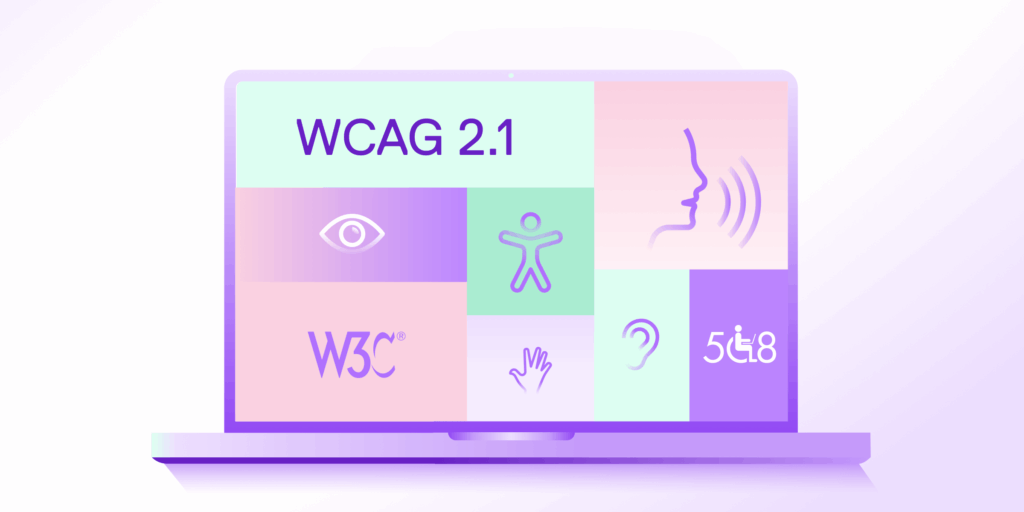It may sound obvious: effective teaching strategies are critical for success in higher education. While subject knowledge is certainly important, it’s only one piece of the puzzle when it comes to helping students achieve their academic goals.
To truly make a difference in the lives of students, educators must also possess a deep understanding of how to teach effectively. This means knowing how to engage students, promote critical thinking, provide feedback, and tailor instruction to meet diverse learning needs.
In this article, we’ll explore why teaching strategies are so important in higher education, provide more than a dozen teaching strategies that will make your course even more equitable and highlight how educators can develop and refine their teaching skills to better serve their students.
Why are teaching strategies important?
Teaching strategies are important because they can significantly impact the effectiveness of learning and the engagement of students. Effective teaching strategies can help create a positive learning environment, improve student motivation and engagement, and enhance student learning outcomes.
Here are some reasons why teaching strategies are important:
- Different students learn in different ways: Students have different learning styles and preferences, and teaching strategies can be tailored to meet these individual needs.
- Promote active learning: Teaching strategies that encourage active learning can help students become more engaged and take a more active role in their own learning.
- Enhance student motivation: Effective teaching strategies can help to create a positive learning environment, which can enhance student motivation and engagement.
- Encourage critical thinking: Certain teaching strategies can help to encourage critical thinking skills in students, which are essential for academic success and future career success.
- Increase student learning outcomes: When teaching strategies are used effectively, they can help students to learn and retain information more effectively, leading to better academic performance and learning outcomes.
In summary, teaching strategies are important because they help to create a positive and engaging learning environment, cater to different learning styles, promote active learning, enhance student motivation and critical thinking skills, and improve learning outcomes.
What’s the difference between teaching strategies and learning strategies?
Teaching strategies and learning strategies are both important concepts in education, but they refer to different approaches to the educational process.
Teaching strategies are approaches that teachers use to facilitate learning in their students. These strategies can include techniques such as lectures, discussions, hands-on activities, and group work, among others. The goal of teaching strategies is to create a supportive learning environment that allows students to engage with the material in meaningful ways, and to help students develop the knowledge and skills they need to be successful learners.
Learning strategies, on the other hand, refer to the techniques and approaches that students use to actively engage with and process information. These strategies can include techniques such as note-taking, summarizing, self-testing, and metacognitive reflection, among others. The goal of learning strategies is to help students become more effective and efficient learners, by developing their ability to organize and retain information, and to identify and address their own learning needs and challenges.
In summary, teaching strategies are approaches that teachers use to facilitate learning in their students, while learning strategies are techniques that students use to actively engage with and process information in order to become more effective and efficient learners.
Download Now for Free: 25 Teaching Strategies for Any Higher Ed Course
The importance of equitable teaching strategies
Equitable teaching strategies are essential for creating a positive and inclusive learning environment that meets the needs of all students. These strategies can help to promote engagement, increase student success, and create a more just and equitable education system. Here are 14 equitable teaching strategies that you can use to create a more inclusive and supportive learning environment.
14 equitable teaching strategies for any course
- Culturally responsive teaching: This approach acknowledges and values the diversity of students’ cultural backgrounds and incorporates this diversity into the curriculum, instruction, and assessment.
- Differentiated instruction: This approach recognizes that students have different learning needs and preferences, and provides instruction that is tailored to meet these individual needs.
- Universal design for learning: This approach focuses on creating instructional materials and activities that are accessible to all students, regardless of their learning needs or abilities.
- Collaborative learning: This approach promotes teamwork and encourages students to work together to achieve common goals, while also fostering social and emotional learning. Tools like Top Hat can help with collaborative learning. “The interactive ability is what sets Top Hat apart,” says Joe Chapa, professor at the University of Texas, Arlington. “I have many students who just wouldn’t speak or participate in the lecture. This really affected retention and grades. I have found that with Top Hat, they now have no problem writing a comment on their phone and sharing it with the class.”
- Active learning: This approach emphasizes engagement and encourages students to take an active role in their own learning, by providing opportunities for discussion, problem-solving, and hands-on activities.
- Project-based learning: This approach focuses on learning through project-based activities, which provide students with opportunities to develop their critical thinking, problem-solving, and communication skills.
- Assessment for learning: This approach emphasizes the use of formative assessment techniques to provide students with feedback and support, and to identify areas where they need additional help.
- Scaffolding: This approach involves providing students with support and guidance as they learn new skills or concepts, gradually removing this support as students become more confident and independent.
- Student-centered learning: This approach places the focus on the needs and interests of the student, rather than on the curriculum or the teacher.
- Personalized learning: This approach involves tailoring the learning experience to meet the specific needs and interests of individual students, based on their learning style, background, and goals.
- Inquiry-based learning: This approach encourages students to ask questions and explore topics of interest, promoting curiosity and critical thinking skills.
- Authentic assessment: This approach involves assessing student learning through real-world tasks and activities, providing students with opportunities to demonstrate their skills and knowledge in context. Top Hat allows instructors to build assignments and exams with the features and functionality today’s learners expect, delivered in dynamic and interactive formats.
- Building an equity-minded classroom environment: This approach emphasizes the importance of creating a positive and inclusive learning environment that respects and values the cultural backgrounds of all students.
- Trauma-informed teaching: This approach recognizes the impact of trauma on student learning and behavior, and provides strategies for creating a safe and supportive learning environment that promotes healing and resilience.
Ultimately, equitable teaching strategies are essential for creating a positive and inclusive learning environment that meets the needs of all students. By incorporating these strategies into your teaching practice, you can promote engagement, increase student success, and create a more just and equitable education system.
What is equitable pedagogy?
Equitable pedagogy is an approach to teaching that aims to create a more just and fair education system by addressing the unequal distribution of resources and opportunities for learning. Equitable pedagogy recognizes that students come from diverse backgrounds and have different experiences and needs, and therefore requires educators to be aware of and responsive to these differences.
Here are some key principles of equitable pedagogy:
- Recognizing and addressing systemic inequalities: Equitable pedagogy acknowledges that systemic inequalities exist within education systems and works to address them through targeted interventions and support.
- Culturally responsive teaching: This approach acknowledges and values the diversity of students’ cultural backgrounds and incorporates this diversity into the curriculum, instruction, and assessment.
- Supporting student voice and agency: Equitable pedagogy recognizes the importance of student voice and agency in the learning process, and encourages students to take an active role in their own learning.
- Differentiated instruction: This approach recognizes that students have different learning needs and preferences, and provides instruction that is tailored to meet these individual needs.
- Creating inclusive and safe learning environments: Equitable pedagogy emphasizes the importance of creating inclusive and safe learning environments that are welcoming to all students, regardless of their backgrounds or identities. Top Hat’s interactive discussion features give every student a voice, with the option to explore sensitive topics. This way, students can respond anonymously, even those not yet comfortable to raise their hand—by letting them engage using their laptops, tablets and even their mobile phones.
Overall, equitable pedagogy aims to create a more just and equitable education system by addressing the unequal distribution of resources and opportunities for learning, and by recognizing and responding to the diverse needs of students.
Free Download: 25 Instructional Strategies
Conclusion
Equitable teaching strategies are essential for creating a positive and inclusive learning environment in higher education. By recognizing and addressing the diverse needs and experiences of students, educators can help to promote engagement, increase student success, and create a more just and equitable education system. By incorporating equitable teaching strategies into their practice, educators can create an environment that values and respects the diversity of their students, and helps to ensure that all students have the opportunity to reach their full potential. By working together to create an equitable learning environment, we can help to create a better future for all students.



